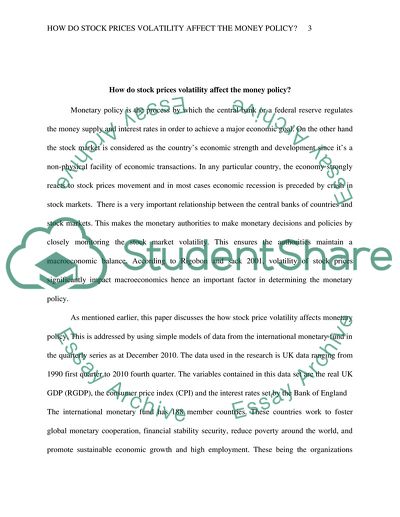Cite this document
(“How do stock price volatility affect monetary policy Essay - 1”, n.d.)
How do stock price volatility affect monetary policy Essay - 1. Retrieved from https://studentshare.org/finance-accounting/1686718-how-do-stock-price-volatility-affect-monetary-policy
How do stock price volatility affect monetary policy Essay - 1. Retrieved from https://studentshare.org/finance-accounting/1686718-how-do-stock-price-volatility-affect-monetary-policy
(How Do Stock Price Volatility Affect Monetary Policy Essay - 1)
How Do Stock Price Volatility Affect Monetary Policy Essay - 1. https://studentshare.org/finance-accounting/1686718-how-do-stock-price-volatility-affect-monetary-policy.
How Do Stock Price Volatility Affect Monetary Policy Essay - 1. https://studentshare.org/finance-accounting/1686718-how-do-stock-price-volatility-affect-monetary-policy.
“How Do Stock Price Volatility Affect Monetary Policy Essay - 1”, n.d. https://studentshare.org/finance-accounting/1686718-how-do-stock-price-volatility-affect-monetary-policy.


